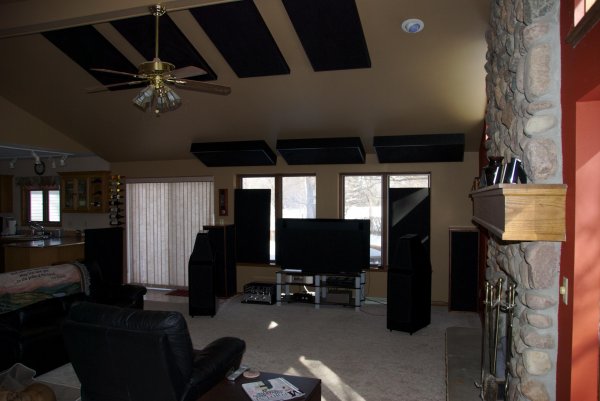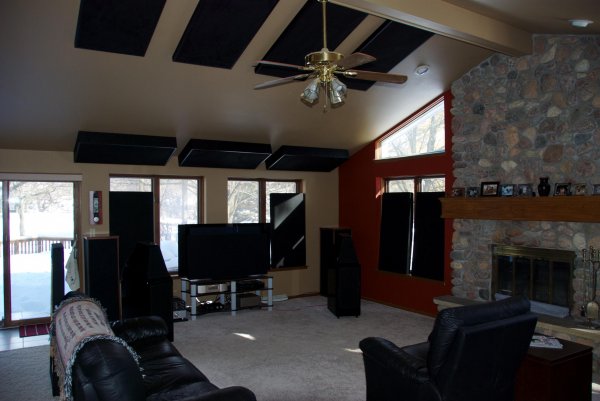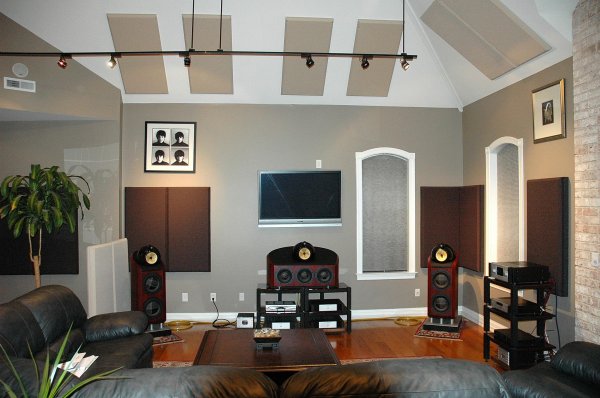So, while I have not decided on which acoustic software program to use as yet I figured I could pick some brains re: my "L" shaped room and maybe what I am up against in trying to make it better.
My listening room is a living room with an attached dining room. My speakers are located at the front of the living room facing the usual length of the room. The dining room is at the front and the opening is about 1/3 the front length of the room. The right speaker has no right boundry/corner since it is located about mid opening of the dining room.
Can anyone share their experience with such a room and talk about some of the problems regarding acoustics and what I may have to look forward to in the way of tretments. I know since I have no acoustical data as yet it may be hard to predict but simply from the stand point of a "L" shaped room there must some things that are known.
My listening room is a living room with an attached dining room. My speakers are located at the front of the living room facing the usual length of the room. The dining room is at the front and the opening is about 1/3 the front length of the room. The right speaker has no right boundry/corner since it is located about mid opening of the dining room.
Can anyone share their experience with such a room and talk about some of the problems regarding acoustics and what I may have to look forward to in the way of tretments. I know since I have no acoustical data as yet it may be hard to predict but simply from the stand point of a "L" shaped room there must some things that are known.




